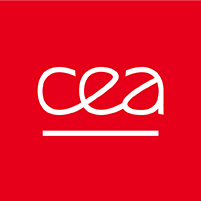Context: Lithium-based materials, whether thin layers or bulk material, are of great interest for varied applications (batteries, RF components…). However, their cohabitation with other “standard” materials for microelectronics requires special attention regarding dissemination in the clean room and a potential impact on electrical performances of devices. Indeed, as a precaution, these materials are “confined” on dedicated manufacturing lines, without full knowledge of their potential effect on the manufactured devices. This work aims at understanding the phenomena leading to lithium dissemination, to propose solutions to keep it under control and to take advantage of possible beneficial effects. Mission: During this Ph.D. thesis, you will work in close collaboration with a multidisciplinary team in CEA and with their partners. This will involve highlighting the possible vectors of Lithium dissemination in common manufacturing spaces in clean rooms. Furthermore, you will define a methodology to identify and quantify Lithium in various materials and at their interfaces using physicochemical characterization tools available to the “Ion Beams” and “Operational Metal Contamination” (clean room) teams from the Surfaces amp; Interfaces Analysis Laboratory (LASI). A large part of the work will rely on ion beam analysis technics such as secondary ion mass spectrometry. This implementation will allow studying the mechanisms and kinetics of lithium diffusion as well as to evaluate its impact on the performance of “microelectronics” devices. Profil: Chemist, physicist, engineer, etc., you have knowledge in chemistry/physics on materials/ semiconductors. Holder of a Bac+5, you are curious, rigorous, creative and wish to participate in a 3-year research project in support of microelectronics.
Bac+5 en chimie / physique, ingénieur...



Talent impulse, the scientific and technical job board of CEA's Technology Research Division
© Copyright 2023 – CEA – TALENT IMPULSE - All rights reserved